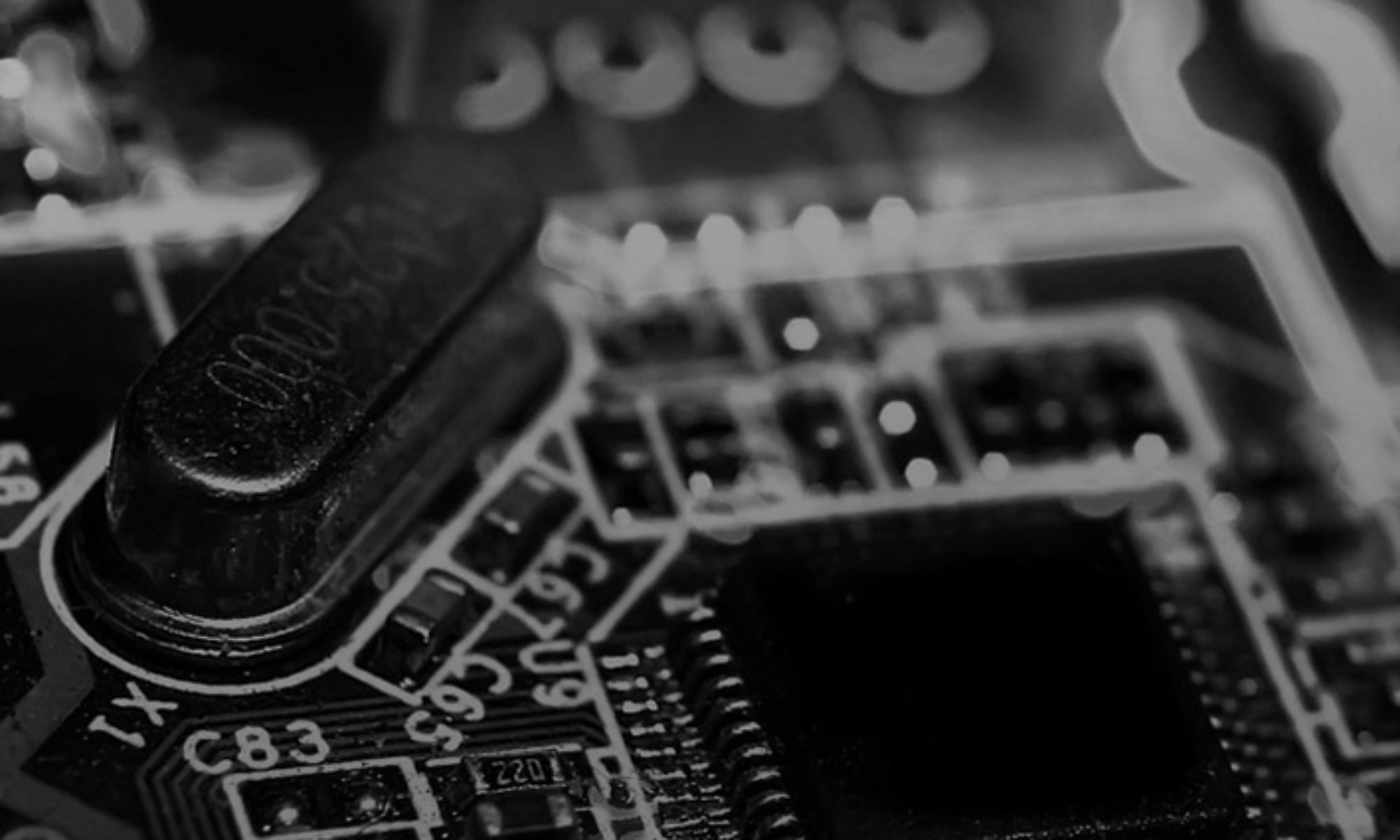The tables below look at the different types of orders, the conditions of enforceability, the carrying out of the measures and the conditions the defendant must meet to obtain the revocation of an order to preserve evidence or an order for inspection.
Order on the Application for preserving evidence (Rule 196):
| Order on the Application for preserving evidence (Rule 196): |
|---|
| 4 types of order: The Court may order: • preserving evidence by detailed description, with or without the taking of samples; • physical seizure of allegedly infringing goods; • physical seizure of the materials and implements used in the production and/or distribution of these goods and any related document; • the preservation and disclosure of digital media and data and the disclosure of any passwords necessary to access them. For the protection of confidential information the Court may order that any of the above be disclosed only to certain named persons and subject to appropriate terms of non-disclosure. An order to preserve evidence shall specify that, unless otherwise ordered by the Court, the outcome of the measures to preserve evidence may only be used in the proceedings on the merits of the case. |
| Conditions of enforceability: • The order to preserve evidence shall be enforceable immediately, unless the Court decides otherwise. • The Court may set conditions to the enforceability of the order: o who may represent the applicant when the measures to preserve evidence are being carried out and under what conditions; o any security which shall be provided by the applicant. If necessary, the Court may set penalties applicable to the applicant if these conditions are not observed. |
| The carrying out of the measures: • The order to preserve evidence shall specify a person who shall carry out the measures. • The person carrying out the measures shall be a professional person or expert, who guarantees expertise, independence and impartiality. • Where appropriate and allowed under applicable national law, the person may be a bailiff or assisted by a bailiff. • This person shall present a written Report on the measures to preserve evidence, all in accordance with the national law of the place where the measures are executed, to the Court within a time period to be specified. • In no circumstances may an employee or director of the applicant be present at the execution of the measures. |
| Security: • The Court may order the applicant to provide adequate security for the legal costs and other expenses and compensation for any injury incurred or likely to be incurred by the defendant which the applicant may be liable to bear. • The Court shall decide whether it is appropriate to order the security by deposit or bank guarantee. |
| Appeal: The order to preserve evidence shall indicate that an appeal may be lodged in accordance with Article 73 of the Agreement and Rule 220.1. |
Order to preserve evidence without hearing the defendant (Rule 197):
| Order to preserve evidence without hearing the defendant (Rule 197): |
|---|
| Order: The Court may order measures to preserve evidence without the defendant having been heard in particular: • where any delay is likely to cause irreparable harm to the applicant • where there is a demonstrable risk of evidence being destroyed or otherwise ceasing to be available. |
| Hearing: Where measures to preserve evidence are ordered without the defendant having been heard, Rule 195 (see the oral hearing table) shall apply mutatis mutandis to the oral hearing without the presence of the defendant. The defendant shall be given notice, immediately at the time of the execution of the measures. |
| Review: Within 30 days after the execution of the measures, the defendant may request a review of the order to preserve evidence. The Request for review shall set out: • the reasons why the order to preserve evidence shall be revoked or modified; • the facts and evidence relied on. The Court shall order an oral hearing to review the order without delay. Rule 195 shall apply. The Court may modify, revoke or confirm the order. In case the order is modified or revoked the Court shall oblige the persons to whom confidential information has been disclosed to keep this information confidential. |
| Security: • The Court shall order the applicant to provide adequate security for the legal costs and other expenses and compensation for any injury incurred or likely to be incurred by the defendant which the applicant may be liable to bear, unless there are special circumstances not to do so. • The Court shall decide whether it is appropriate to order the security by deposit or bank guarantee. |
Revocation of an order (Rule 198):
| Revocation of an order (Rule 198): |
|---|
| Time limit: Upon request of the defendant, The Court shall revoke an order to preserve evidence without prejudice to the damages which may be claimed, if: • within a time period not exceeding 31 calendar days or 20 working days, whichever is the longer, from the date specified in the Court’s order with due account to the date where the Report of the person carrying out the measures shall be presented, the applicant does not start proceedings on the merits of the case before the Court. |
| Compensation: Where the measures to preserve evidence are revoked, or where they lapse due to any act or omission by the applicant, or where it is subsequently found that there has been no infringement or threat of infringement of the patent, the Court may order the applicant, upon request of the defendant, to provide the defendant appropriate compensation for any injury caused by those measures. |



